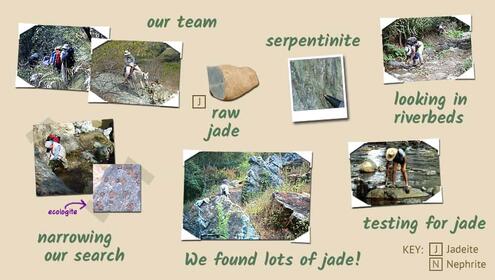
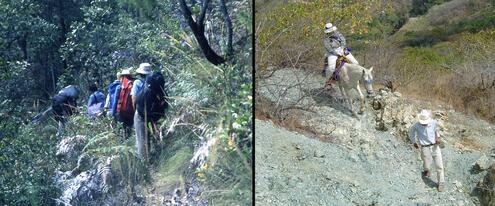
our team
Each winter I go to find new sources and new types of jade in the Montagua River Valley. I don't search for jade by myself. I travel with a team of scientists and local expert jade hunters. The places we go often don't have roads. We explore on foot and on horseback. Good thing I like the outdoors!
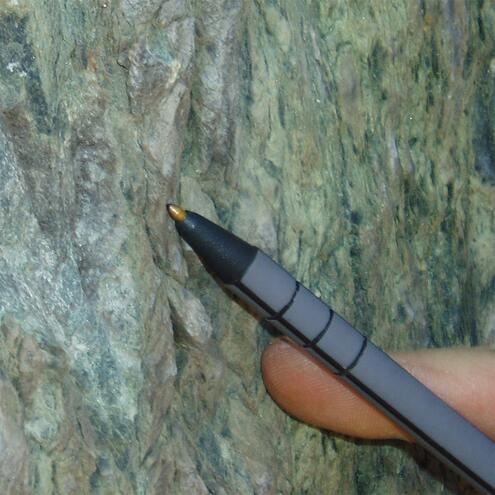
serpentinite
I use clues on the surface of Earth to help me find Jade. First, we look for serpentinite. It's a green rock that is soft and often has squiggly patterns. Serpentinite rocks mark the scars where Earth's tectonic plates collided with each other.
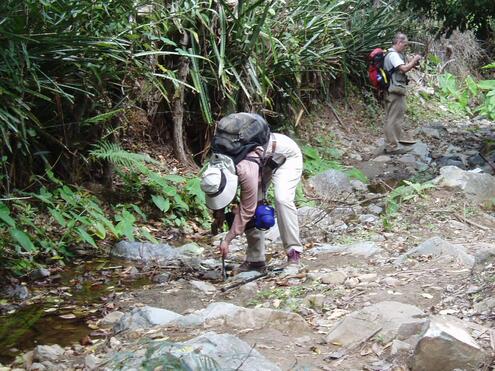
looking in riverbeds
We usually look first in rivers or dried-up riverbeds. Flowing water wears away the serpentinite. Jade doesn't wear away and eventually ends up in the riverbed.
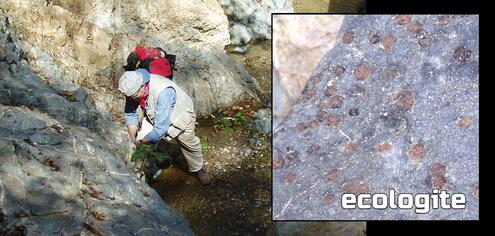
narrowing our search
We follow the river that passes through serpentinite and we look for rocks that are more rare: eclogite and blueschist. When we find these rocks, it is a good signal that jade is nearby! They are both formed at high pressure and low temperature where the ocean's crust sinks into Earth's interior mantle.
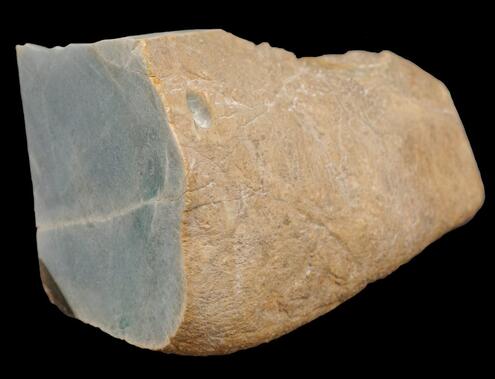
raw jade
To most people, raw jade looks like any other rock. It can have a skin that might be white, yellow, brown, or black.
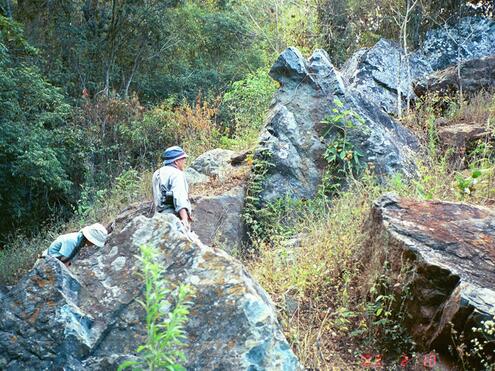
We found lots of jade!
We found jade pieces of all different sizes. Some are as small as a marble. Others are as big as a house! We found most of the jade in rivers. But sometimes we also found jade in the middle of the forests and fields.
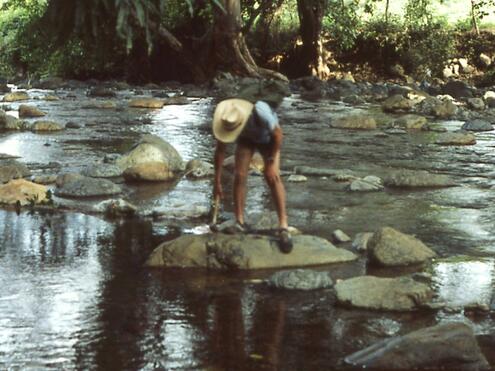
testing for jade
We have special tricks for finding jade. When we hit a boulder with a big metal blade, the blade rings with a special "ping." Other rocks like marble make a "thunk." Also, jade is so durable that when we hit it with a hammer, the hammer bounces off wildly!
Image Credits:
All field photos: courtesy of George Harlow and colleagues; raw jade: courtesy of AMNH, Denis Finnin




 Biodiversity
Biodiversity
 Brain
Brain
 Genetics
Genetics
 Marine BiOLogy
Marine BiOLogy
 MicrobiOLogy
MicrobiOLogy
 PaleontOLogy
PaleontOLogy
 ZoOLogy
ZoOLogy
 AnthropOLogy
AnthropOLogy
 ArchaeOLogy
ArchaeOLogy
 Astronomy
Astronomy
 Climate Change
Climate Change
 Earth
Earth
 Physics
Physics
 Water
Water



